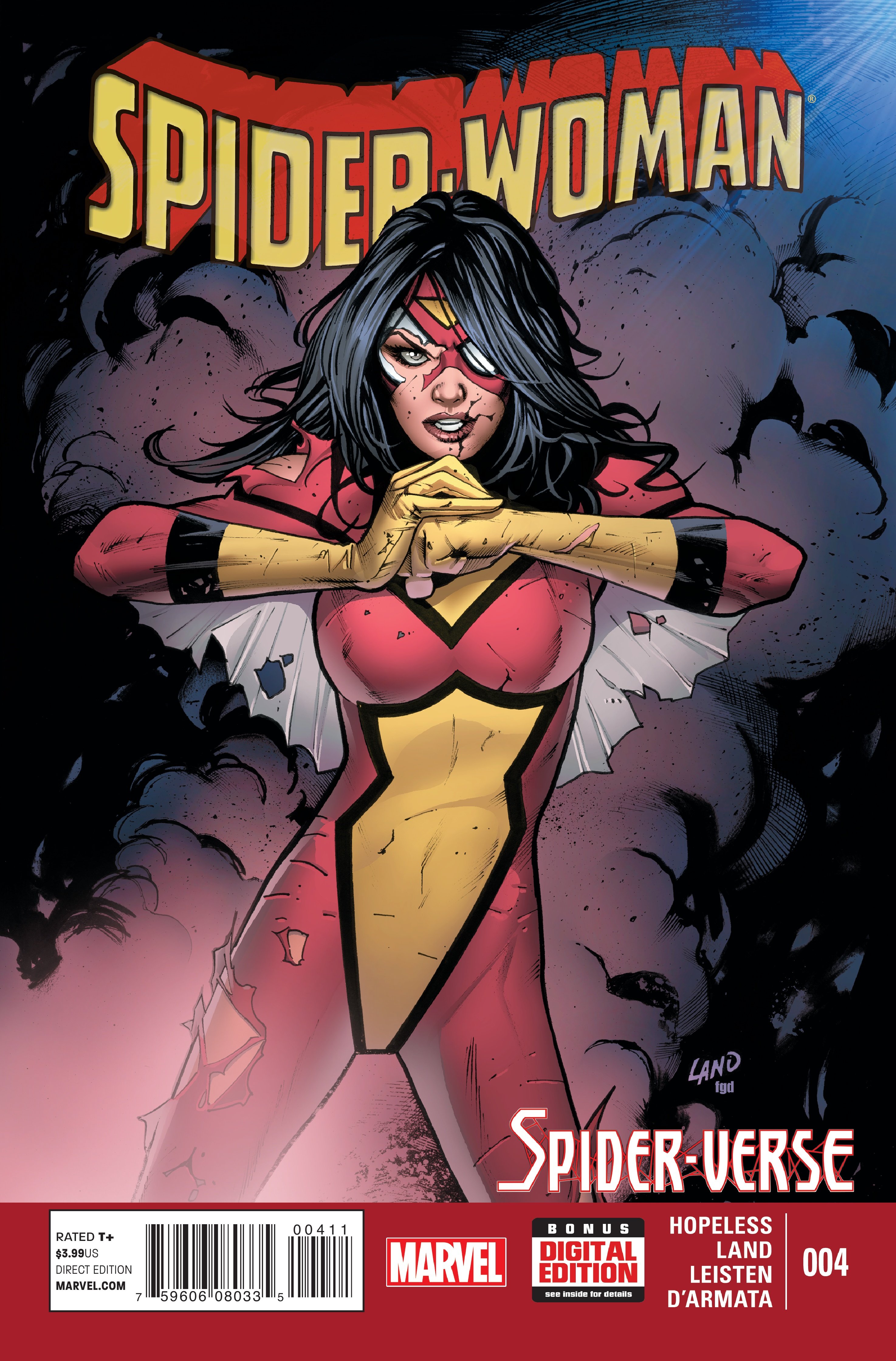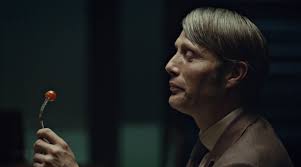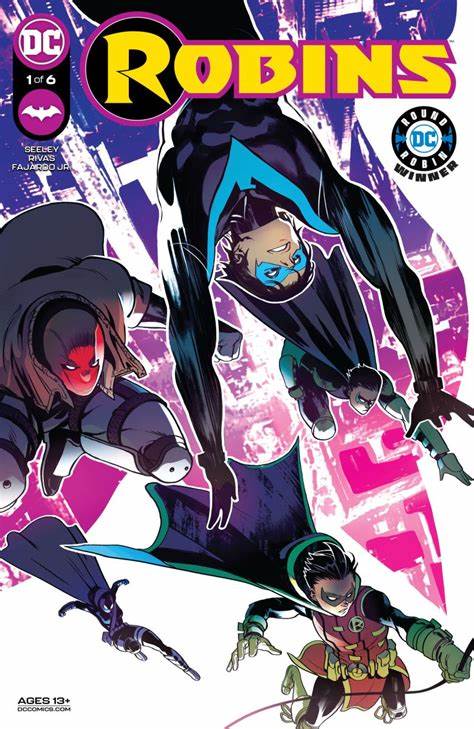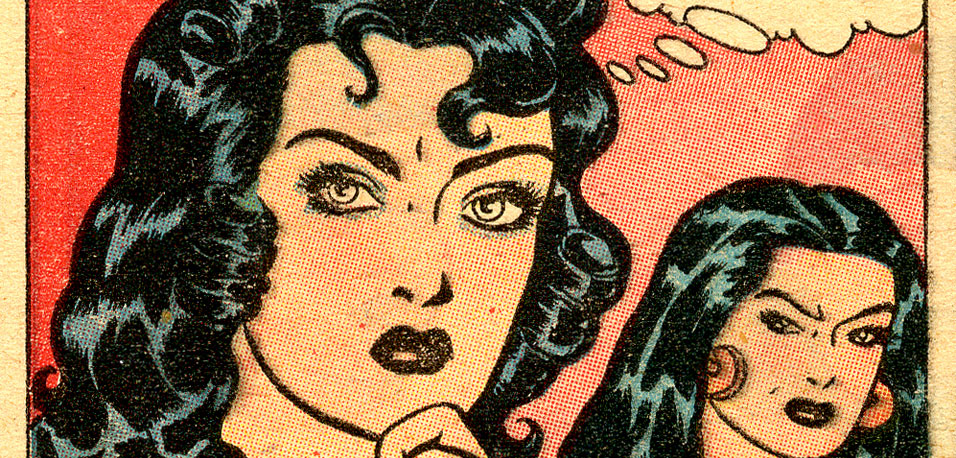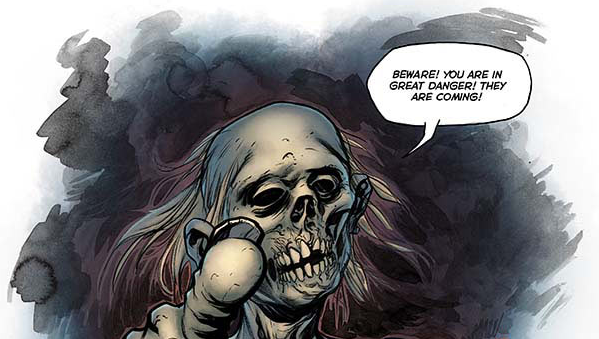Character Profile: Superman
Created by: Jerry Siegel and Joe Shuster
Publisher: DC Comics
First Publishing Date: May 1938
Column by: Max Mallet
“For a lot of people, Superman is and has always been America’s hero. He stands for what we believe is the best within us: limitless strength tempered by compassion, that can bear adversity and emerge stronger on the other side. He stands for what we all feel we would like to be able to stand for, when standing is hardest.”
-J. Michael Straczynski, Superman: Earth One author.

A Brief History

Jerry Siegel and Simon Shuster created Superman, as we know the character, in the mid-1930s, and published the first Superman comic in 1938. Everything from Popeye cartoons to The Mask of Zorro to fitness culture influenced Superman’s comic book inception. Before he wore an ‘S’ on his chest, Superman was Kal-El of the planet Krypton. Located in a distant galaxy, Krypton was a technologically advanced, dying planet that succumbed to oblivion. However, Kal-El’s parents placed their newborn son in a space shuttle, calculating that firing him into space would at least give the boy a chance to live after his planet had died.
The Kryptonian boy crash landed in Kansas, where he was discovered and adopted by Jonathan and Martha Kent. Calling the boy Clark, the couple raised the boy on their farm as their son. Over time, Clark learns that he’s not of this world, and that he harbors extraordinary abilities. In modern comics, television and cinema adaptations, Clark learns that he has limitations when he can’t save Jonathan (from either a heart attack or oncoming tornado, respectively). As an adult, Clark Kent becomes a journalist for the Metropolis newspaper the Daily Planet. When Clark sheds the suit-and-tie for red and blue spandex, he takes on the persona of Superman, often fighting alongside Batman, Wonder Woman and others as a member of the Justice League.
Much like the early version of Batman, 1930s-era Superman was a gruff character. The Last Son of Krypton brutalized women-beaters, gangsters and other criminals.
However, by the 1940s, Superman was working beside the police, somewhat shedding his initial vigilante persona. In the modern context, Superman is the boy scout of the DC universe — imbued with unflappable morals and a wholesomeness that harkens back to a bygone era.
Along with Wonder Woman and Batman, Superman helps complete ‘the DC trinity’ and is one of the oldest mainstream comic book characters. Superman is one of the most recognizable comic book characters, far exceeding the pop culture space of comic book panels and cinema.
Abilities

Superman has seemingly limitless power. This Batman quote from Batman/Superman #3 by Jeph Loeb perfectly summarizes Superman’s role and capabilities in the larger DC universe:
“It is a remarkable dichotomy. In many ways, Clark is the most human of us all. Then…he shoots fire from the skies, and it is difficult not to think of him as a god. And how fortunate we all are that it does not occur to him.”
Why does Batman view Clark as a god-like being? Well, according the the science of comic books, Krypton had a red son, and Superman’s Kryptonian DNA soaks in our yellow sun’s energy, granting him otherworldly abilities. This makes Superman capable of a myriad of feats, chief among them:
*Superhuman strength. No doubt, you’ve heard the expression, “more powerful than a locomotive.” Lifting objects that weigh hundreds of times his body weight is mere child’s play: our sun’s yellow light grants Superman the ability to lift hundreds of billions of metric tons. In more tangible terms, there are storylines where Superman, at peak strength, is capable of fracturing entire planets.
*Superhuman speed. Faster than a speeding bullet? That’s simple enough when you’re fast enough to fly out of the event horizon of a black hole (from which not even light can escape).
*Flight. Solar energy gives Superman the power to defy gravity and fly at will.
*Superhuman hearing. The Kryptonian can hear dog whistles and other frequencies that are undetectable to the human ear, and he can hear noises from a significant distance.
*Superhuman vision. Superman’s eyes are essentially optic binoculars, microscopes and x-ray machines.
*Heat vision. Superman can manifest his solar energy through his eyes as beams of heat.
This extraordinary power-set sets Superman apart from almost every other super-hero. However, he’s still Superman and not Supergod. Foremost, he is vulnerable to Kryptonite (a radioactive element from Krypton), magic and extreme physical trauma.
Symbolism

Superman’s abilities almost automatically gives him a godlike presence. His friends and super-colleagues talk to and about him as if he were a deity. Furthermore, in both cinema and comic panels alike, his actions draw parallels to biblical stories. In her book Up, Up, and Oy Vey: How Jewish History, Culture and Values Shaped the Comic Book Superhero, Rabbi Simcha Weinstein argues that Superman is a Moses metaphor. Superman’s desperate flight for refuge in a spaceship from Krypton to Earth mirrors the story of Moses’s mother sending him up the Nile River.
However, once on Earth, Superman takes on more of a Jesus narrative. From the way human characters talk about him to the way he strikes a Christ-like pose in several adaptations, cinema, in particular, really plays into the narrative of Superman as a savior. Superman is virtuous in the most arduous of circumstances, is capable of what we might call ‘miracles’ and doesn’t really stay dead. There’s a scene in Batman Vs. Superman: Dawn of Justice that features Superman saving people in various dire circumstances, overlapped with TV personalities assert that his very existence fundamentally changes the course of the human experience. It’s a seemingly impossible point to argue against.
Main Allies
Lois Lane
Lois is a fellow reporter at the Daily Planet and Clark’s love interest. In the ongoing Superman comics, she is his wife, mother of his son and is fairly capable of defending herself. She’s also Superwoman in varying storylines.

Superboy
The Superboy mantle has graced several DC characters over the years. Currently, Superman’s son, Jon, bears the name. He’s an integral part to Peter. J Tomasi and Patrick Gleason’s ongoing Superman run, which has garnered critical acclaim and widespread fan appreciation.

Batman
While the two super-heroes often find themselves at a philosophical crossroads, Batman and Superman are ultimately friends and make for a powerful duo. They have their own Batman/Superman comics and often cross over into each other’s stories. The crux of their many disagreements: Batman is the grim detective with a cynical worldview, whereas Superman is ever the boy scout.

Wonder Woman
Typically, Superman and Wonder Woman have had a platonic relationship as members of the Justice League. However, the New 52 DC Comics reboot established that the two super-heroes were romantically involved. There was even a three-year run with a Superman/Wonder Woman team-up book. This new relationship between Superman and Wonder Woman elicited mixed reviews from critics and long-time fans alike.

The Justice League
Superman is one of the seven super-heroes that make up the Justice League. The other six members are Batman, Wonder Woman, Green Lantern, the Flash, Aquaman and Cyborg. Even among these other six characters, Superman still stands apart as a somewhat godlike figure.

Rogues’ Gallery
Superman, being an incredibly powerful character, has one of the most unique and arguably the most powerful rogues’ gallery in mainstream comics.
Lex Luthor
Superman’s most recognizable foe is easily Lex Luthor. He’s the Man of Steel’s primary adversary in every medium since the 1940s. Luthor is an obscenely rich businessman who’s obsessed with destroying Superman, who he sees as a threat to his seemingly inevitable rise to power. Luthor implements both soft and hard power against Superman: slandering the super-hero to all who would listen, but also physically assaulting him with some combination of kryptonite and a weaponized mech suit.

Doomsday
Since the brute’s 1992 inception, no character has been more of a terror for the Man of Steel than Doomsday. After all, this is the beast of the Death of Superman storyline. An abomination from pre-historic Krypton, Doomsday earns his name: in addition to superhuman strength, speed and stamina, the alien adapts and evolves each time he’s hurt in a new way. Doomsday is the unstoppable force to Superman’s immovable object. Among Superman’s rogues, Doomsday is the super-hero’s equal when it comes to sheer physical force.

Darkseid
One of the most fearsome villains in all of comics, Darkseid is a Superman villain dating back to 1970. A tyrant from a distant planet, Darkseid’s ultimate ambition is universal domination through brute force. Throughout the character’s history, Darkseid has been a world-ending threat, warranting the entire Justice League’s attention. Batman Vs. Superman: Dawn of Justice made several subtle hints towards Darkseid’s existence in the DC Extended Universe, and he will likely appear in November’s Justice League film or an upcoming DCEU film.

General Zod
If Superman is everything that was good about Krypton, then General Zod is the inverse. He’s essentially a Kryptonian fascist with no regard for human life. Given that he shares Superman’s Kryptonian DNA, the general has most of Superman’s abilities. The general was the antagonist in Man of Steel, the film that birthed the DCEU.

Brainiac
Though not widely known to the general public, Brainiac is one of Superman’s most formidable opponents. An extraterrestrial android, Brainiac poses a threat first and foremost because of his tremendous intellect and the accompanying scientific and technological knowledge. His greatest parlor trick is shrinking entire cities and harvesting them on his spacecraft.

Three Famous Storylines
Death of Superman

This is one of the most influential Superman stories of all time. Anti-heroes and brutal villains were all the rage in the early 90s, and DC took this opportunity to create and showcase the new villain on the block: Doomsday. Though Superman is able to put Doomsday down in Metropolis,the Man of Steel doesn’t survive the encounter. However, this is mainstream comics, where no one important stays dead forever. Death of Superman set a chain of death-and-resurrection storylines in DC comics over the coming decade and change. The 1992 storyline was one of the main influences for the Batman Vs. Superman: Dawn of Justice film.
Kingdom Come

This legendary 1996 story joined now-legendary writer Mark Waid (The Flash, JLA) and art realism specialist Alex Ross (Marvels, Superman: Peace on Earth). Set in the near future, the seasoned Justice League members must come out of retirement to liberate Earth from the harsher new generation of so-called super-heroes. This mini-series is one of the most beloved DC stories in recent memory.
Superman: Red Son

Over the years, Mark Millar has penned many stories that present a darker side of super-heroics, namely Civil War and Superman: Red Son. In the latter, the British writer ponders what it would be like if Kal-El’s spacecraft had crash-landed in the former Soviet Union rather than in Kansas. The result is a more authoritarian Last Son of Krypton who prefers his spandex in Soviet gray rather than Yankee blue.
Superman’s Legacy
Superman is one of the most recognizable fictional characters of all time. Superman is more than just an American super-hero, he’s a worldwide icon. Countless ballads have been written about him, he has several feature films spanning over generations and his comic books are among the most celebrated of all time. He’s the ultimate outsider: a foreigner to not just the shores of the country he happens upon, but the entire globe. Yet, he’s almost universally loved in his fictional world. In this way, Superman serves as a metaphor for the ideal of the American Dream. He’s the hope and the optimism required for a better tomorrow.



